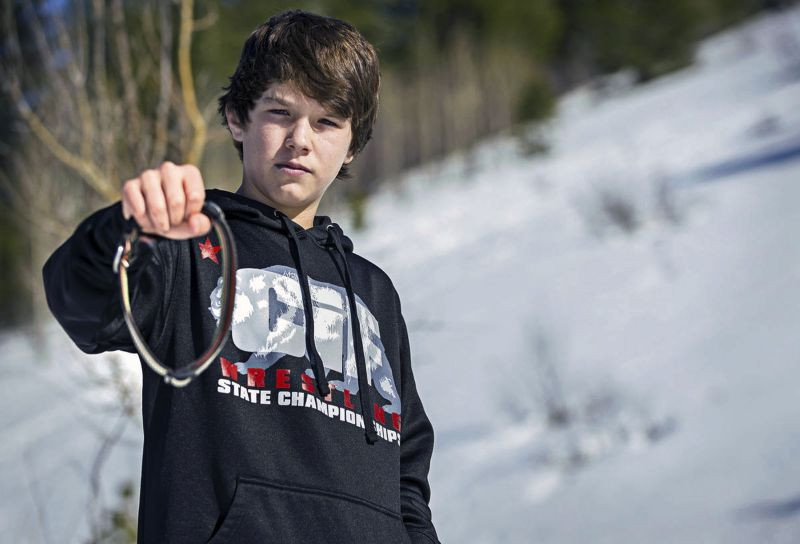Estimated read time: 5-6
minutes
RENO, Nev. — The U.S. Bureau of Land Management has halted the use of spring-loaded traps that disperse cyanide powder to kill coyotes and other predators of livestock, a practice wildlife advocates have tried to outlaw for decades due to safety concerns.
The M-44 ejector-devices that critics call “cyanide bombs” have unintentionally killed thousands of pets and non-predator wildlife, including endangered species, according to the U.S. Department of Agriculture’s Wildlife Services. They have a scented bait and emit a poisonous cloud when triggered by a physical disturbance.
The Bureau of Land Management quietly posted a notice on its website last week that it no longer will use the devices across the 390,625 square miles it manages nationally — an area twice the size of California — much of it where ranchers graze cattle and sheep.
Other federal agencies — including the National Park Service, and the Fish and Wildlife Service — already prohibit the devices. But the Forest Service and 10 states still use them in some form.
Eight unsuccessful bills have been introduced in Congress since 2008 to ban the the traps on federal and/or state lands. Sponsors of legislation pending in the U.S. House and Senate that would ban them on both say they’re optimistic the bureau’s new position will help pave the way for broader support.
Brooks Fahy, executive director of the Oregon-based watchdog group Predator Defense, has been working for 40 years to ban the use of sodium cyanide in the traps. He emphasized that it’s registered under the Environmental Protection Agency as a Category 1 toxicant, the highest level of toxicity.
“I can’t believe they’re still being put on the landscape and they continue to harm people,” Fahy said. “I’ve seen M-44s set right on the edge of a trail.”
M-44s consist of a stake driven into the ground with a spring and canister loaded with the chemical. Marked inconsistently and sometimes not at all, humans have mistaken them for sprinkler heads or survey markers.
Federal agencies rely on Wildlife Services to deal with problem animals — whether in remote areas or airports across the country — using lethal and non-lethal forces. The change on Bureau of Land Management land came under a recent revision of a memorandum of understanding with Wildlife Services obtained by The Associated Press on Monday.
It’s effective immediately but can be canceled by either side with 60 days’ notice.
Wildlife Services has used M-44s for decades, mostly in the West, as part of a broader program to control predators that dates to the 1930s. The American Sheep Industry Association and National Cattlemen’s Beef Association were among 100 industry groups that wrote to Congress this year, stressing the importance of the program. They said predators cause more than $232 million in livestock losses annually.
